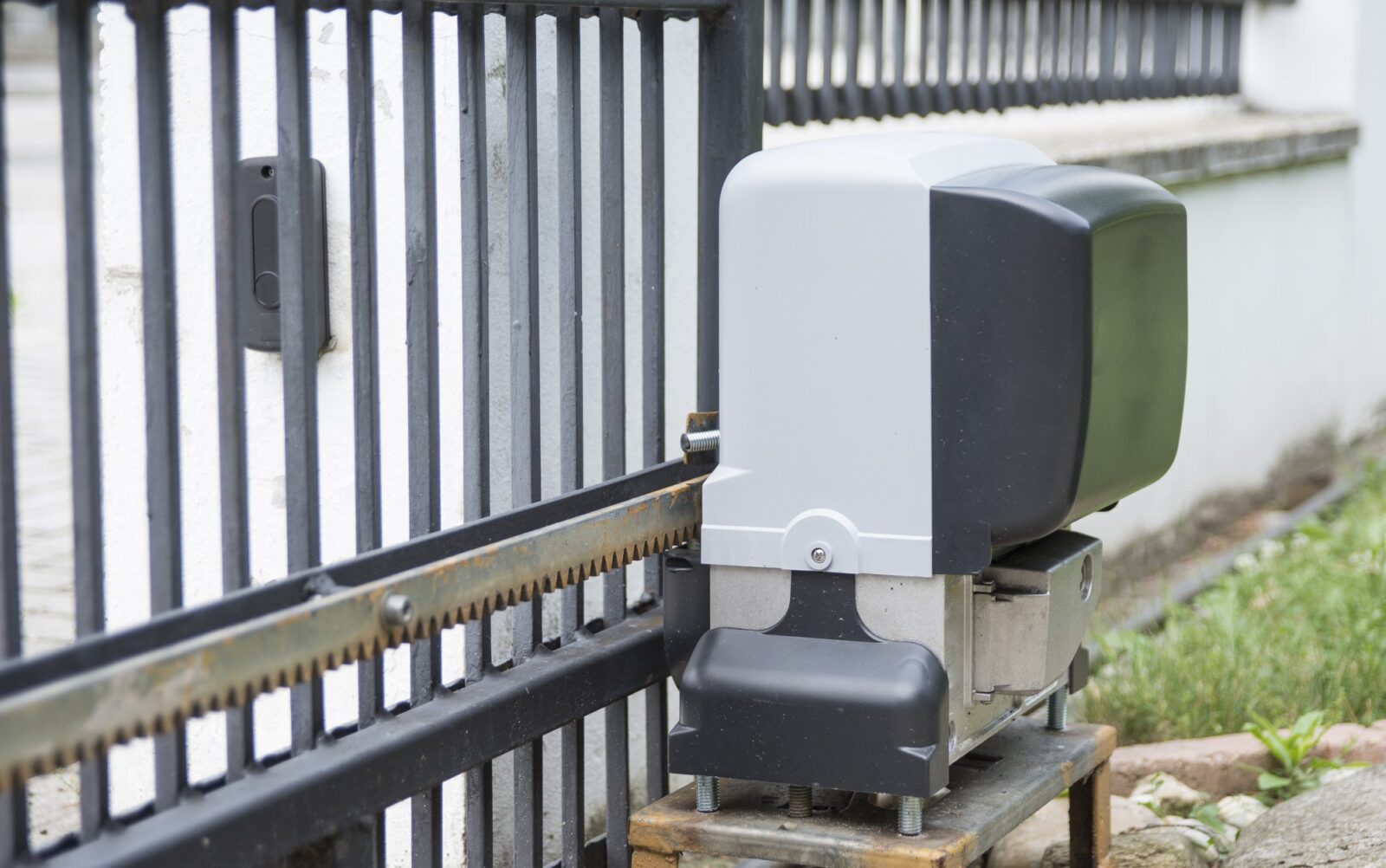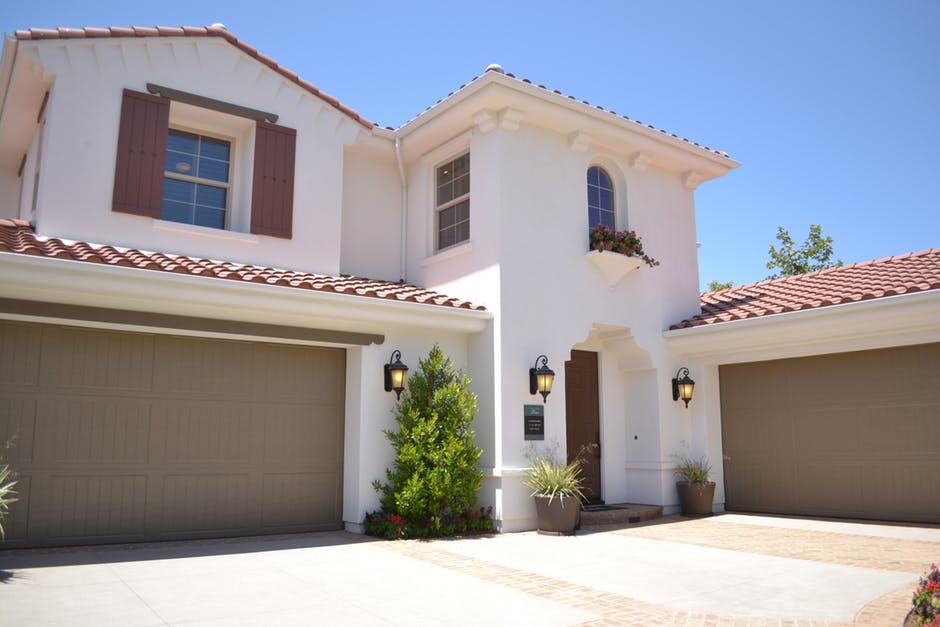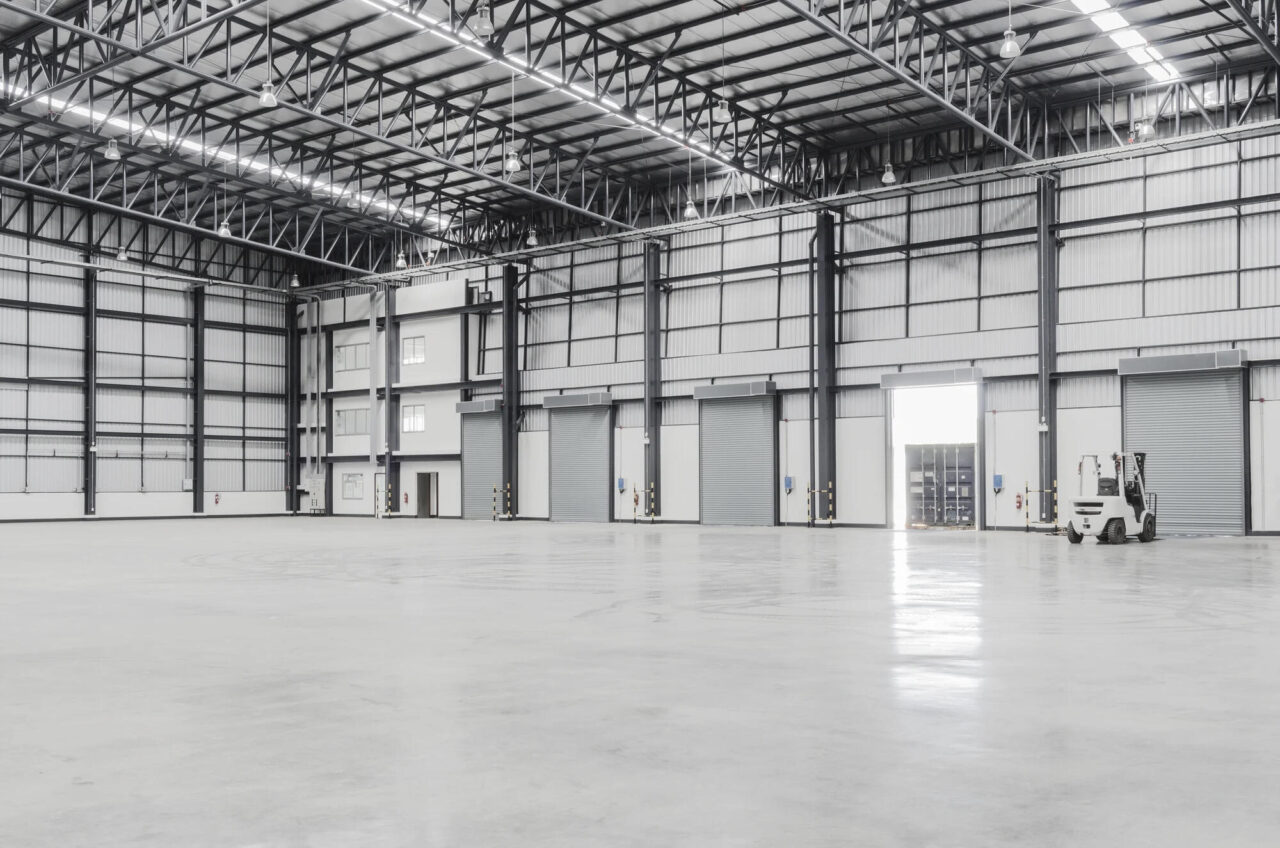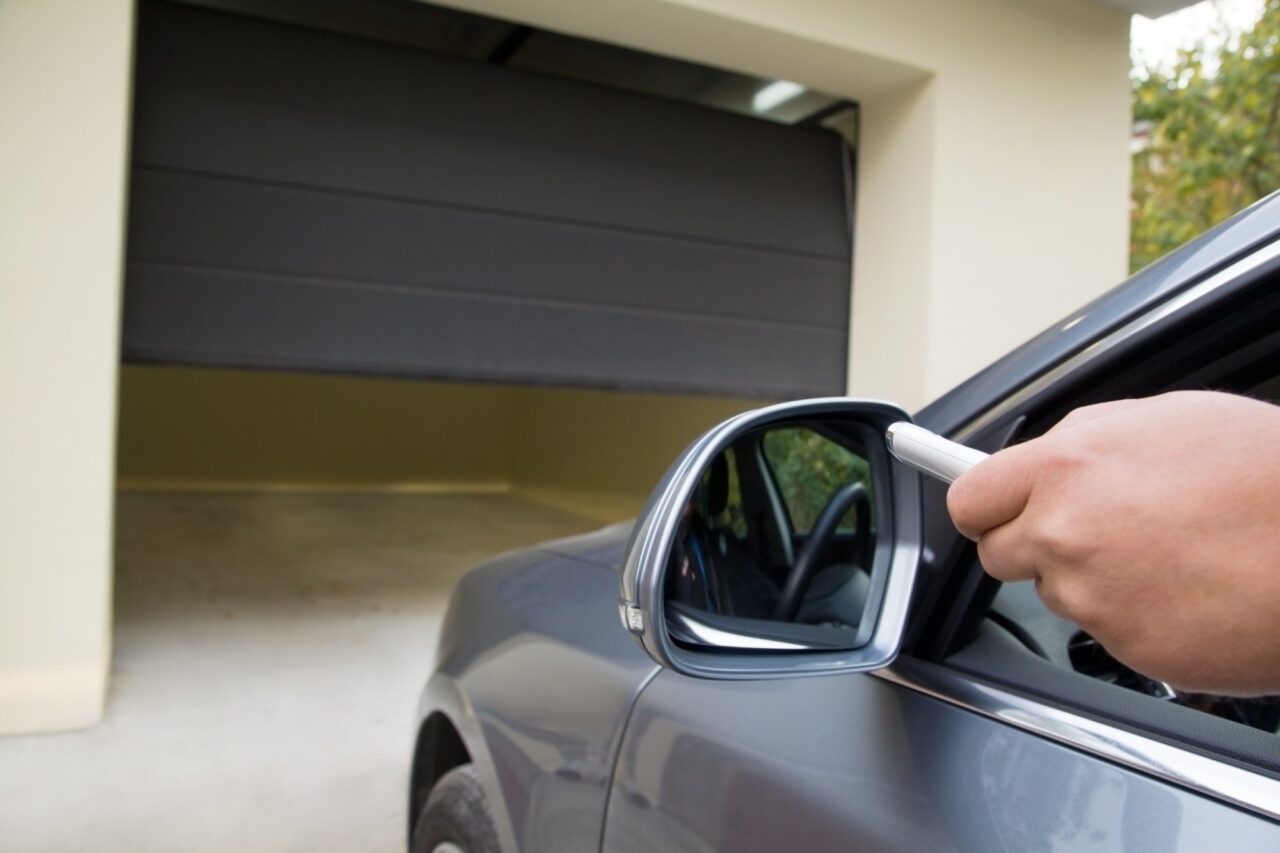More than 2 million burglaries take place every year. However, there are home improvements you can make to keep thieves away. One of them is automatic gate installation.
Since automatic gates require a passcode or card to get in, it puts you in control over who comes onto your property. On top of being secure, these types of gates are also convenient and aesthetically pleasing.
Do these perks sound good to you? Follow us as we walk you through the installation process.
What Is an Automatic Entrance Gate?
These gates are used to control entry into a secure area. Businesses implement them for privacy and security purposes, and they aren’t the only ones. Residential homeowners have started seeing the appeal as well.
There are two parts to the automatic gate. The first is the gate itself. This is the physical object that blocks the gate opening.
The second part is the operator. It’s what moves the gate in and out of the opening to allow entry.
Automatic Gate Styles
There are different types of gate styles to choose from. Sliding gates are the most common, but cantilever, vertical, vertical pivot lift, barrier arm, and bi-folding gates have their charm as well.
Sliding Gate
Sliding gates are mounted parallel to the inside of the fence. When you open the gate, it will slide horizontally using rollers on a metal track.
Since sliding gates don’t take up a lot of room, they’re ideal for smaller residential areas. Sliding gates are also more energy efficient than other automatic gate styles.
There are some downsides to sliding gates. The main one is that since the rollers are close to the ground, you risk them getting blocked by winter weather.
Swing Gate
Swing gates swing open and closed on a hinge the same way as any other door. They’re a popular addition to residential homes due to their low cost. They’re also quick and easy to install.
Swing gates come in single panels for small driveways and double panels for larger ones. While swing gates can boost your curb appeal, there are safety considerations to take into account to prevent the gate from hitting vehicles or trapping them in the gate.
Cantilever Gate
Cantilever gates work almost the same way as sliding gates do. When you activate the opener, the door will slide to the side. However, instead of using rollers, the gate is supported by rails that run along the inside of the fence.
Since cantilever gates don’t use rollers, they can’t be blocked by ice or snow. The downside is that these types of gates require a bit more space to work. This makes them difficult for residential homeowners to install.
Vertical Lift Gate
Vertical gates lift up and down, allowing drivers to pass underneath. For this to work, the supports on either side of the opening need to be tall enough to accommodate a wide range of trucks and cars.
Given their design, vertical lift gates are both sturdy and reliable. However, they do have an industrial aesthetic. Some residential homeowners feel as though this can reduce their curb appeal.
Vertical Pivot Lift Gate
Vertical pivot gates rotate upward in a sort of arch. The gate is supported by the operator without using support structures of any kind. Since they don’t require tall support towers, they’re not as in the way as regular vertical gates.
Because vertical pivot gates don’t move straight up, you’ll need to make sure that there is plenty of space to the side of the gate. These types of gates also use springs as a counterbalance, making them less reliable than traditional vertical gates.
Barrier Arm Gate
Barrier arm gates have an arm that moves upward to allow vehicles to go through. Residential homeowners don’t typically opt for these as they don’t offer any type of security. Home invaders can simply jump over them to gain access.
Barrier arm gates are mostly seen in parking garages and at security checkpoints.
Bi-Folding Gate
Bi-folding gates consist of two panels that fold in on themselves like an accordion when opened. Some models use a track on the top or bottom of the structure to support the gate.
They often have fast opening and closing times, which can be a good thing and a bad thing. It’s a good thing because they prevent drivers from being held up. It’s a bad thing because you’ll have to put additional safety measures in place to prevent the gate from closing on cars.
Bi-folding gates don’t take up a lot of room, so they’re an excellent choice for homeowners with smaller yards.
Installing Your Privacy Gate
Once you’ve decided on what privacy gate style you want, it’s time to begin the installation process. The first step is to gather the approvals and permits you need from the local authorities.
After that, you’ll need to clear the installation area from debris. You may need to level the ground so the gate will open and close smoothly. Dig holes to install the posts and frame.
Attach the gate panels to the frame according to the manufacturer’s instructions. If your gate requires two panels, use a level gauge to ensure that they’re properly aligned.
Once the panels are on, it’s time to install the hinges, rollers, tracks, and wheels. The gate will need electrical wiring to function, but that’s best left up to professional electricians.
Open the gate opener and install it based on the manufacturer’s instructions. That includes the gate opener arm and the controller box. If you don’t feel comfortable setting up your gate on your own, let our professional installers handle the job.
Everything You Need to Know About Automatic Gate Installation
Automatic gate installation can help bring privacy and security to your home. These gates are also convenient and can boost your curb appeal
At R&S Overhead Doors & Gates, we believe that if you can walk or drive through it, we can do it. Not only will we install your automatic gate, but we also have technicians available 24 hours a day for emergency repairs. Contact us for a free estimate today!



